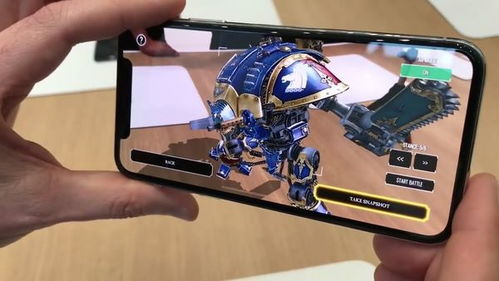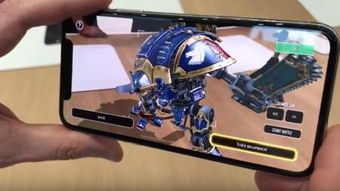What Does AR Stand For?
Augmented Reality, commonly abbreviated as AR, has become a buzzword in the tech industry. But what does AR stand for, and what does it entail? In this detailed exploration, we delve into the origins, applications, and future of AR technology, providing you with a comprehensive understanding of what AR truly represents.
Origins of AR

Augmented Reality, as the name suggests, is about augmenting the real world with digital information. The concept dates back to the 1960s when computer scientist Ivan Sutherland developed the first head-mounted display (HMD) that could overlay digital images onto the real world. However, it wasn’t until the 1990s that AR started gaining traction with the introduction of the term “augmented reality” by Thomas Caudell and David Mizell.
How AR Works

AR technology works by overlaying digital information onto the real world, creating an enhanced version of reality. This is achieved through a combination of sensors, cameras, and software algorithms. Here’s a breakdown of how AR works:
-
Sensors: AR devices use sensors like accelerometers, gyroscopes, and magnetometers to track the device’s movement and orientation in space.
-
Cameras: The device’s camera captures the real-world environment, which is then processed by the software.
-
Software Algorithms: The software algorithms analyze the camera feed and determine the position and orientation of the device. This information is then used to overlay digital information onto the real world.
Applications of AR

AR technology has found applications in various fields, including gaming, education, healthcare, and retail. Here are some notable examples:
1. Gaming
AR has revolutionized the gaming industry, with popular titles like Pok茅mon Go and Jurassic World Alive offering immersive experiences that blend the real world with virtual elements. These games use AR to create interactive environments where players can catch Pok茅mon or hunt dinosaurs in real-world locations.
2. Education
AR technology has the potential to transform education by providing interactive and engaging learning experiences. For example, students can use AR apps to visualize complex concepts like the human body or historical events in a more intuitive way.
3. Healthcare
In healthcare, AR is used for various purposes, such as training medical professionals, performing surgeries, and providing real-time information during patient care. For instance, surgeons can use AR to overlay digital images of patient anatomy onto their field of view, enabling them to perform more precise procedures.
4. Retail
AR technology is also making waves in the retail industry, allowing customers to visualize products in their own space before making a purchase. For example, furniture retailers use AR apps to help customers see how a piece of furniture would look in their home.
The Future of AR
The future of AR is bright, with numerous advancements on the horizon. Some of the key trends include:
-
Improved Hardware: As AR devices become more compact and powerful, we can expect better performance and more immersive experiences.
-
Increased Integration: AR technology is likely to be integrated into more devices, such as smartphones, tablets, and even glasses.
-
Better Software: Advances in software will make AR more intuitive and user-friendly, leading to wider adoption.
In conclusion, AR stands for Augmented Reality, a technology that has the potential to transform various aspects of our lives. By understanding its origins, applications, and future, we can better appreciate the impact of AR on society.
| Field | Application | Example |
|---|---|---|
| Gaming | Immersive experiences | Pok茅mon Go |
| Education | Interactive learning | Visualizing human body |
| Healthcare | Training and patient care | Surgical procedures |
| Retail | Product visualization | Furniture shopping
|









